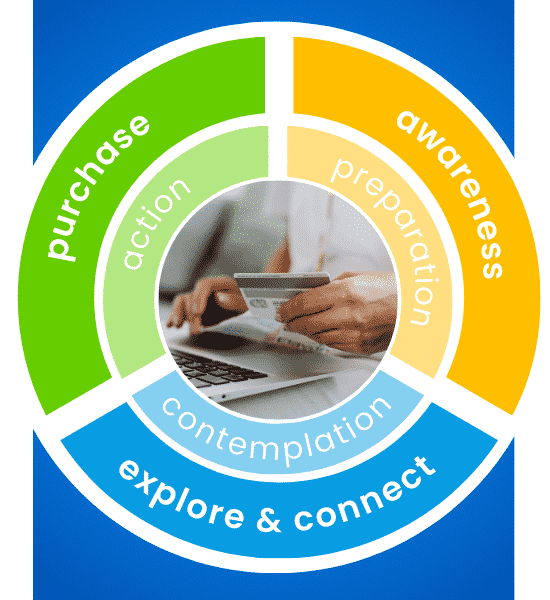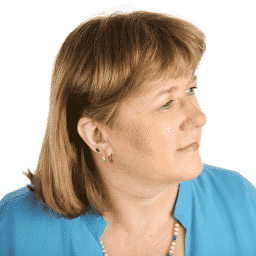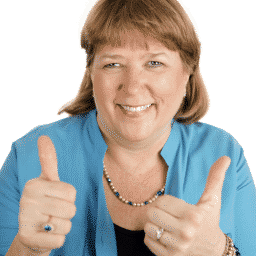The Stages of Change Marketing Model
What holds prospects back from buying?
And what can your wellness business do about it? Our Stages of Change Marketing Model© answers both questions.

The Stages of Change Marketing© model
Health & wellness are deeply personal. People weigh their purchases carefully.
In fact, they move through five specific stages uncovered by health promotion research.
To keep them moving, align your sales and marketing strategies with each stage to meet folks where they're at.
Typical examples of Stages of Change Marketing activities
Pre-Contemplation: No Interest In Change
"I'm not worried about my weight, a sturdy build runs in my family."
"Forget it, life's too short to give up great food with great friends."
"It's just part of getting old, happens to everyone."
Marketing Goal: Do Nothing
No amount of sales or marketing can convince people who aren't interested to buy your stuff.
Invest time & budget only in those already open to what you offer.
Let primary care providers, non-profits & public health organizations handle the rest.
Contemplation: Weighing All The Possibilities
"I wonder if it's true that nutrition is more important than exercise for weight loss?"
"Is low-carb really the only way to lower my blood sugar?"
"Can I really do yoga if I'm not very bendy?"
"I heard chiropractic wasn't really safe?"
Marketing Goal: Inform, Simplify, Clarify & Guide
Website: FAQ that addresses common concerns, myths & misconceptions
Google Ads: link to buying guide that explains pros/cons of different weight loss approaches
Google Business Profile: business description that explains who your programs are best for
Preparation: Narrowing Down Options
"Would I like my doctor's weight loss program or Weight Watchers better?"
"Does my health club's swim coach know enough to help me improve my Ironman time?"
"Will I feel comfortable in your yoga class?"
Marketing Goal: Show & Tell
Website: comparison of your standout strengths vs competitors
Google Ads: calls-to-action, like special offers or tour signups so people can experience your business
Google Business Profile: posts that increase prospect's confidence & trust (ex: case studies)
Action: Making A Commitment
"I like your healthy lifestyle program's balanced approach, when's the next session?"
"Can I try your coaching program for a month and see how it goes?"
"If I don't like the trainer can I switch to someone else?"
Marketing Goal: Connect 1:1 & Close Sale
Website: Highlight content that soothes last-minute prospect anxieties (ex: satisfaction guarantees or ability to suspend membership for certain reasons)
Google Ads: Special offers, price lists & other key purchase details
Google Business Profile: Prompt replies to messages or "Ask a question" posts so prospect doesn't start looking elsewhere
Maintenance: Staying On Track & Building On Progress
"Now that I've got a regular workout habit, I'm going to sign up for a healthy cooking class."
"I want to get back on track now that the holidays are over."
"My swim times slipped over the winter, can you update my training plan?"
"I gave you my new info but you keep drafting my old bank account, I love the classes but I hate your service."
Marketing Goal: Retain, Cross-Sell, Upsell
The Local Marketing Triangle brings you new customers. The priority then becomes keeping them happy & increasing per-customer sales:
Deliver the 360° customer experience your marketing promised & reward their loyalty
Run a tight operational ship and resolve billing, cleanliness & other service issues ASAP
Track client progress vs baseline & celebrate milestones
Use email, point-of-sale, & in-person to upsell/cross-sell to existing customers
Dial in your targeting, story, calls-to-action & offers
Marketing Services
Online Content Creation Workshops
The science behind the transtheoretical model
Dr. James Prochaska and Dr. Carlo DiClemente first articulated the transtheoretical model (TTM) of the stages of readiness to change health-related behaviors in 1977.
Since then, health promotion researchers have expanded and refined its principles.
the TTM describes a pattern of thoughts, feelings and behaviors that almost everyone experiences when they're contemplating a decision they believe will benefit their wellbeing.
It's been successfully applied in a wide variety of scenarios, including healthy lifestyles, exercise, weight loss, childhood development and more.
In our experience, the pattern holds for all kinds of health and wellness decision: from someone who wants to lose weight, eat better and start exercising—to an Olympic hopeful considering hiring a new coach and overhauling their training regimen.
Of course, the exact sequence varies by individual, and so does the time each person spends in each stage. People also move back and forth between stages as they consider their next steps.
Nonetheless, most prospects eventually work their way through all of the stages during their buying process.
Understanding this process gives you insight into precisely what matters to your potential clients.
It helps explain why even someone who seems really interested may hold back from making a purchase.
And that's invaluable insight as you create and optimize your own Local Marketing Triangle.












